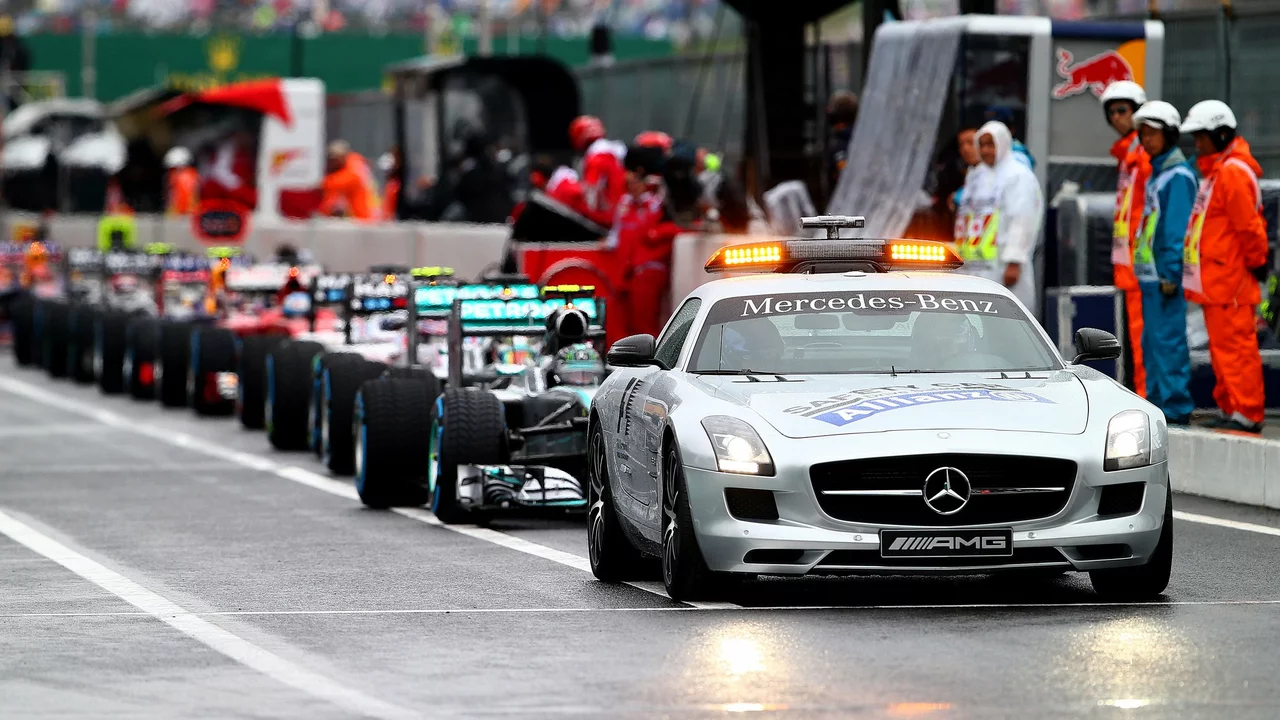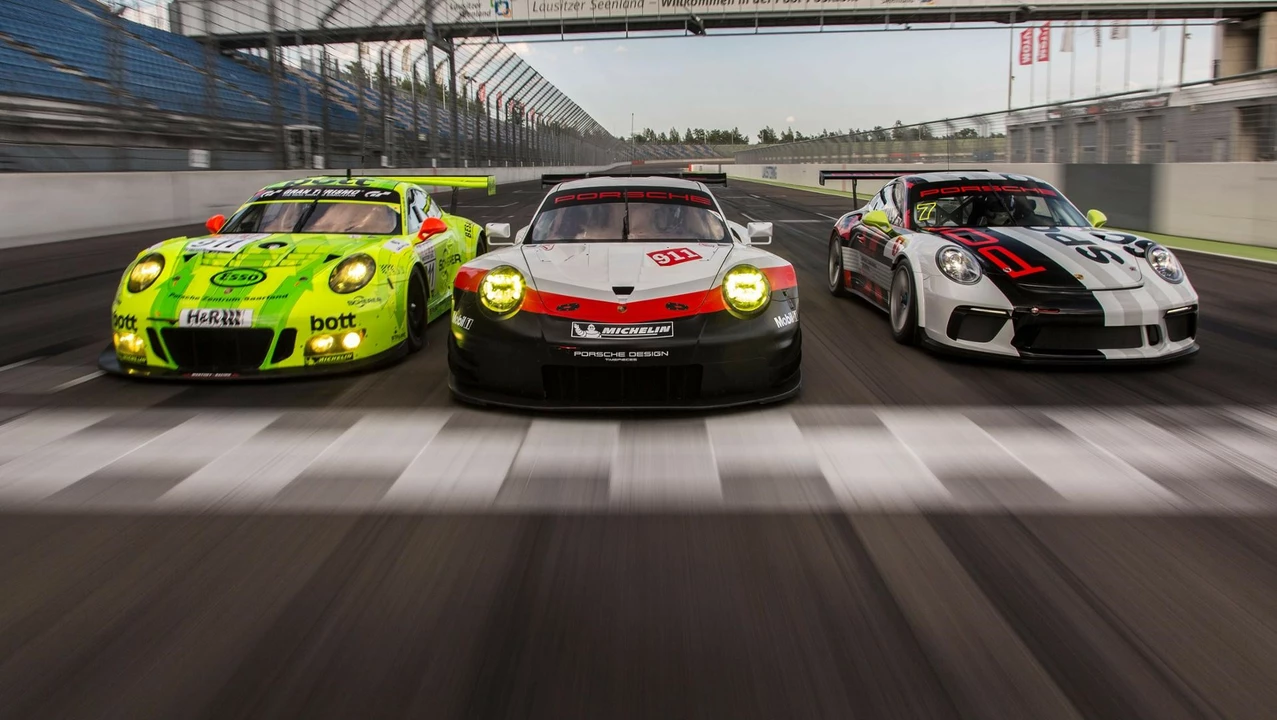Car Racing – Your Hub for News, Tips, and Race Stories
Welcome to the car racing tag page. If you love the roar of engines, the flash of lights on a pit lane, or just want to know why an Indy car feels different from a Formula 1 machine, you’re in the right spot. Below you’ll find quick reads that explain the sport, compare the biggest series, and give you practical advice if you ever think about getting behind the wheel.
What Makes Car Racing Tick?
At its core, car racing is a test of speed, strategy, and stamina. Drivers push machines to the limit while engineers fine‑tune aerodynamics, tires, and power units. The sport splits into several branches – slick‑track formula series, oval‑centric IndyCar, endurance classics like Le Mans, and off‑road challenges such as the Dakar Rally. Each style demands a different skill set, so what works in one series won’t always work in another.
Hot Topics From Our Recent Posts
One fan‑favorite debate is “Which are faster, Indy or Formula 1 cars?” The answer leans toward F1 because of higher top speeds and acceleration, but Indy cars dominate on ovals where handling and straight‑line thrust matter more. Another eye‑catcher is the grueling trio of races that test any driver’s mettle: the Dakar Rally, the 24 Hours of Le Mans, and the Baja 1000. These events push both man and machine into extreme conditions.
If you’re curious about career moves, we’ve covered whether a Le Mans driver can jump to Formula 1. The short answer is yes – a super licence and the right experience open the door, though the racing styles differ in strategy and endurance demands. For those wondering how often pros train, the reality is intense: up to ten hours a day on track during season, plus simulator work and off‑season conditioning.
Got a question about getting started without spending a fortune? There are pathways to become a racing driver for free: seek team sponsorship, join local clubs, and network relentlessly. Building relationships can unlock rides, gear discounts, and even mentorship.
Finally, we’ve explored why BMW walked away from Formula 1 back in 2009. Financial pressures and a shift toward electric technology made the sport less aligned with their long‑term vision. It’s a reminder that manufacturers balance brand image, cost, and the future of mobility when deciding where to race.
All of these stories sit under the car racing tag, giving you a quick way to dive into the specific angle that interests you. Bookmark this page, check back for fresh posts, and feel free to comment on what you’d like to read next. Happy racing!

Why do people enjoy watching car racing?
People enjoy watching car racing for a multitude of reasons. For some, it's the adrenaline rush that comes with the high-speed competition, and the thrill of uncertainty as the outcome isn't determined until the very last second. Others are drawn in by the technical aspects of the sport, finding fascination in the engineering marvels that these vehicles represent. There's also a sense of community in shared passion for the sport, creating a bond among fans. Lastly, the glamorous and exciting lifestyle portrayed in car racing is undoubtedly attractive to many.

Do I need a license to race cars?
As a car racing enthusiast, I've often wondered if I need a license to race cars. After doing some research, I discovered that it depends on the type of racing and the organization hosting the event. For most amateur races, no special license is needed, just a valid driver's license. However, for professional or sanctioned races, a specific racing license is required, which can be obtained through various racing organizations. It's essential to check the requirements for each event you're interested in participating in to ensure you have the proper credentials.